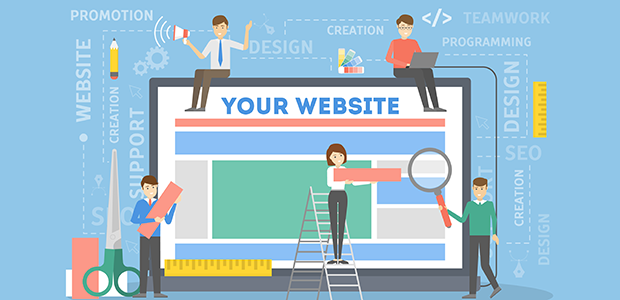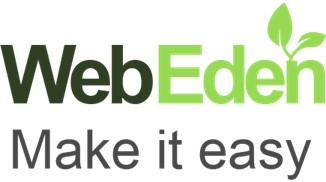
How to build a website – easily! Five simple questions to get you on your way
We understand that building a website can be intimidating. There’s a lot to consider. You’re going to be competing with many established, well-designed websites. Every business owner wants their website to ‘stand out’ and there are a lot of components and considerations.
Don’t be daunted. When you break it down, most websites really are just a collection of text and images. OK, so some have a bit of functionality, shops, contact forms, video players, to name a few. But fundamentally most websites really are just glossy online brochures. How difficult can it be?
But how should you start? You’ll need a plan, whether that is for yourself or for you to turn into a brief for the designers, the start point remains the same. You first need to ask yourself some simple questions.
Question 1. What is my objective?
Are you trying to sell products? Do you want people to visit your store/location? Are you providing information? Do you want people to contact you? Decide on your objective and keep it in mind throughout the planning process.
Question 2. What is the content I need to include?
This may be your location, opening times, a list of products or services or your contact details. Most websites contain all these bits of information. Be inspired by others. What information do your competitors have on their websites? What have you seen on the web that you think your customers would like?
Question 3. What features or functionality would customers like to see on my website?
Do you need a registration form for members? An interactive map for users to find you? A video player? A payment gateway to enable you to take payments online? Is your product or service difficult to understand? Would a video player be useful to show an explainer video?
Question 4. What pages do I need?
Most websites have some or all, of the following:
- A home page to introduce the product or service they are selling
- More detailed product service information on a ‘shop’ or ‘services’ page or pages
- A contact us or get in touch page
- Case studies or reviews page. To provide the reassurance to end user that you or your products are reliable
- A blog page – possibly
You don’t normally need more. Don’t be tempted to create endless pages of information that users will not read, it makes your navigation bar complicated and will put users off. They’ll ‘bounce’ quickly if they cannot see what they expected to see.
To blog or not to blog? Our advice is simple, if you’re not going to keep it up to date, don’t do it. If you have an empty blog or a blog with very thin or almost no content, there is very little point. Don’t make your users click a blog link to be confronted with a post from months or years past, they won’t thank you for it, and it makes you look un-committed.
However, if you have regular news updates, announcements or you have a lot of content to post then a blog is great and generates engagement from your website users, pulling in returning visitors and getting longer form content ranked on the search engines.
Question 5. How do I want my website to look?
Possibly the most subjective question and probably the hardest to answer. You’ll know it when you see it. Most people start with the idea that they want their website to look ‘professional’, but you will need to unpack what that actually means. Do you have a logo? Do you have brand colours? What images do you want to use? Be aware though ‘looking professional’ is as much about delivering relevant information concisely as it is about the colours you use on the page. So try to follow these rules:
- Make sure your website is easy to navigate. Help users find the information they need easily with clear language
- Ensure images are good quality and visually re-enforce the message you want to deliver on the page
- Text fonts and sizes are appropriate and easy to read
- There is a pattern to the way you deliver information. For most services or products, you have a headline followed by a description and images, followed by a call to action, i.e. ‘Buy Now’ or ‘Contact Us’. If you deliver information in a uniform way users will very quickly understand your proposition and it makes it easier for them to engage with your website
Answer these questions and you’ll have a rudimentary plan, which will help you focus on your objective with the key components required for an efficient and well-designed website.
The next decision you’ll need to make is who should you get to build your website for you?
Stay tuned for Part 2 – Who should build my website?


